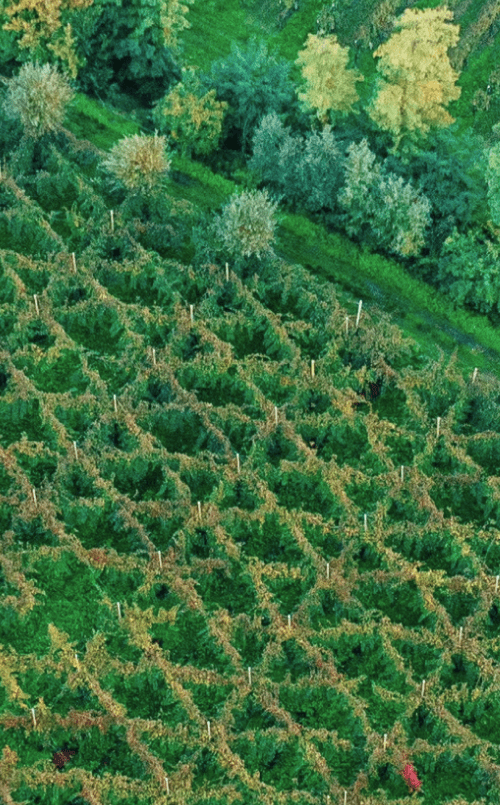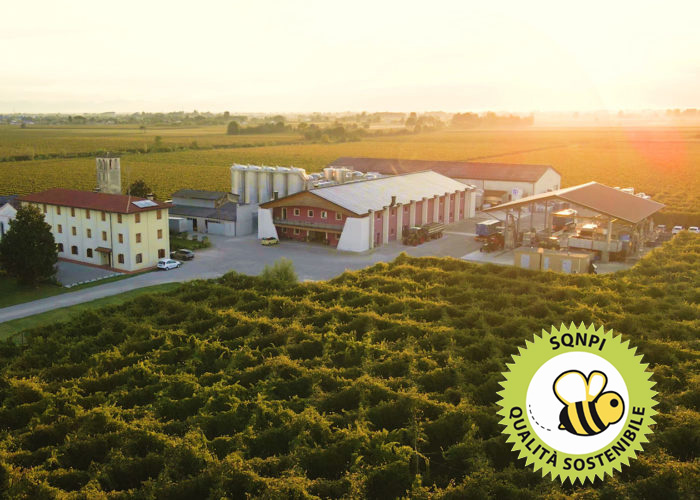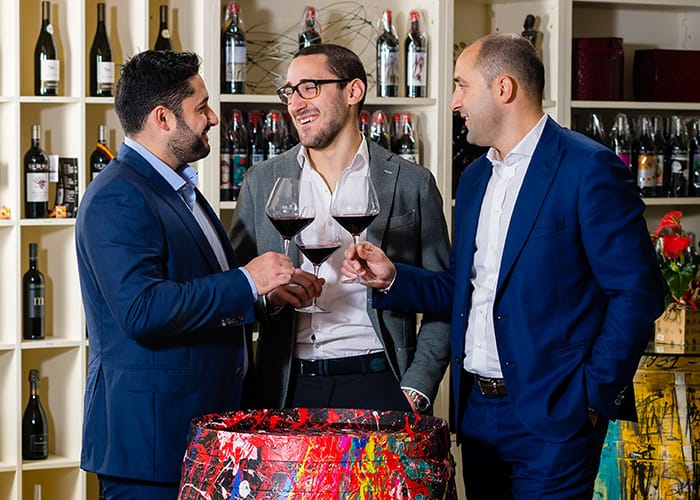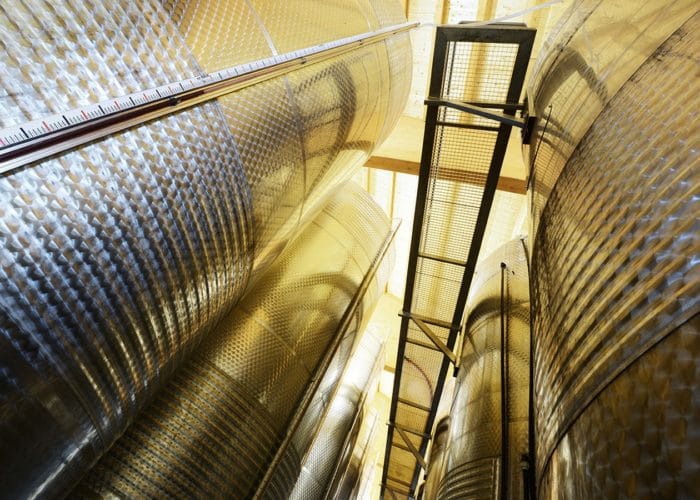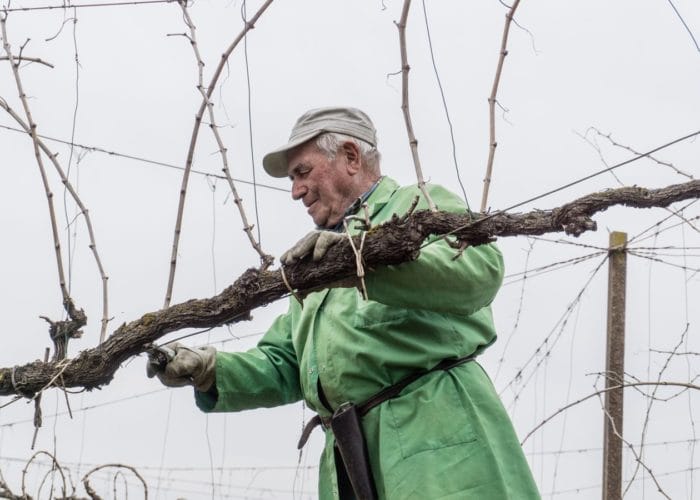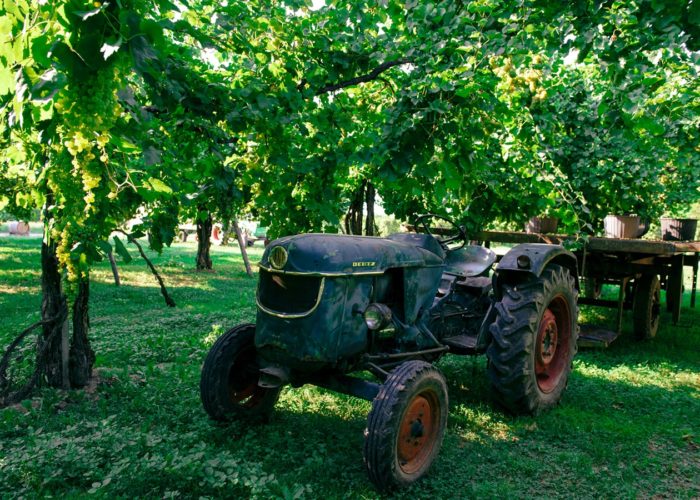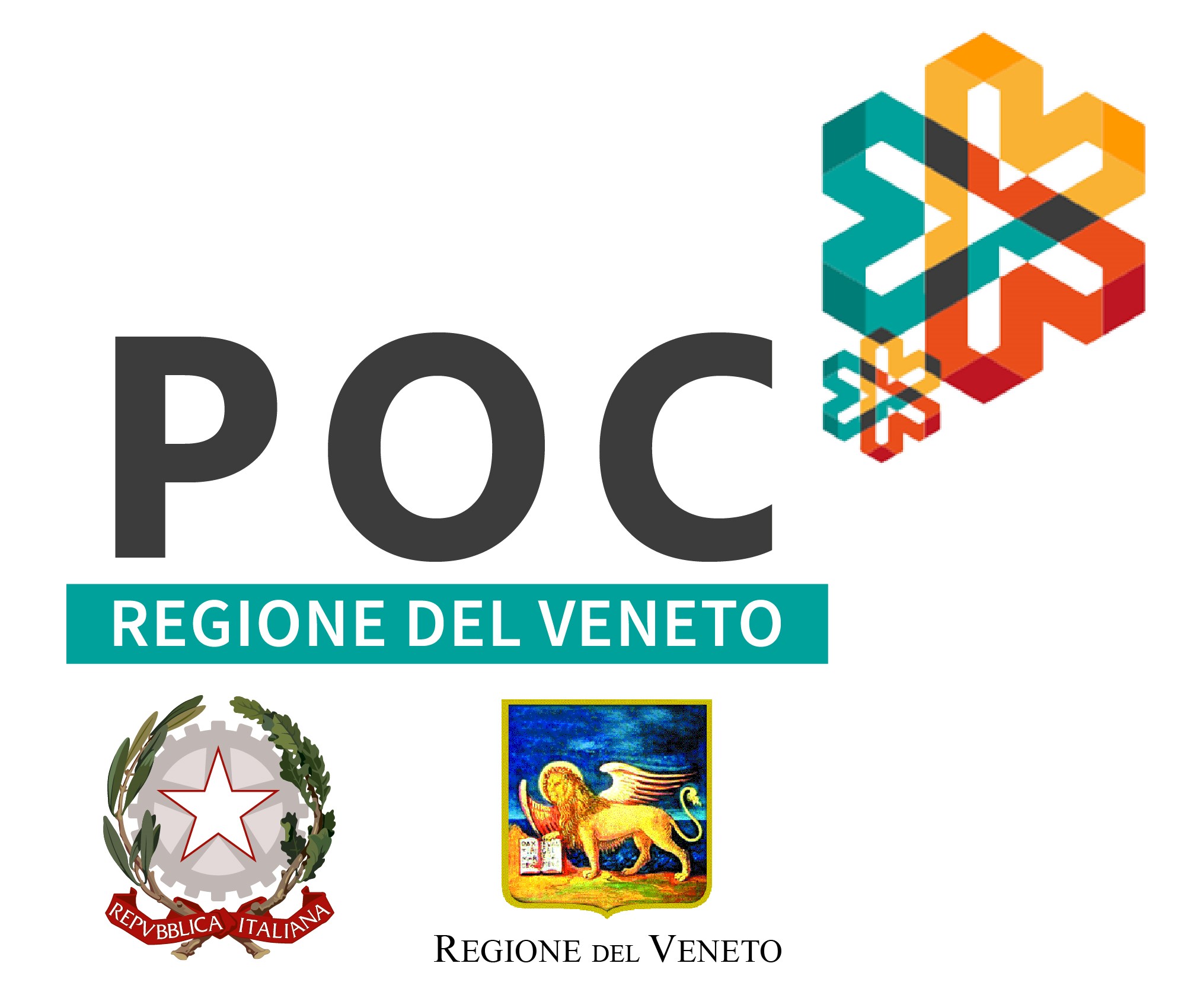Ca' di Rajo company, the production
Ca’ di Rajo winery is ran by Cecchetto brothes, Simone, Alessio and Fabio, the third generation of a family who started the business in the 1931. Located in a special place, where Venice Lagoon meets the Dolomites. Ca’ di Rajo winery is at the pinnacle in Prosecco area. We match tradition and innovation. Moreover we enhance native training systems, native grapes with an international vision.
The most innovative technologies are used in the wine making process in order to preserve the best quality grapes at the service of our customers.
Over the last few years, thanks to meticulous control of all production processes along the entire supply chain, Ca’ di Rajo is today a solid reality, attentive to international market trends and able to guarantee safe and ISO 22000 certified production standards.
Nowaday we are training fifteen hectars of our vineyardswith the ancient Bellussera system, in order to preserve the history of our roots..
We do care about our local varieties such as Raboso, Marzemina Bianca and international ones like Pinot Grigio, Sauvignon Blanc, Cabernet Sauvignon and Merlot.
Another native vine is Manzoni Bianco 6.0.13, which finds in the Piave basin a suitable terrain for its development. Around 1930, Professor Manzoni studied and elaborated this new variety, more resistant to illnesses and with unique characteristics.
Incrocio Manzoni Bianco 6.0.13 is one of his creations, born from the cross of two vine plants: Pinot Bianco and Riesling Renano
History of a territory
Chiesetta del Carmine, Casa Convento and Rai Tower.
The Chiesetta del Carmine with the neighbouring Casa Convento and the Rai Tower are symbols of great historical and artistic interest, important for the history of Rai and the Treviso countryside that stretches from Conegliano to Oderzo, the territory on which the Ca’ di Rajo Company stands.
The Church and Convent were part of a cloistered complex of Carmelite friars and were built at the behest of Rambaldo XII, Count of Collalto, in the 14th century. The buildings were part of the courtyard of a large castle, which was destroyed during World War II.
The small church, on the other hand, is in good condition.
An engraving on the inside corner of the gate bears witness to one of these episodes, with the water of the river Piave reaching a height of 1.50 metres in 1567. A part of the inner courtyard is well preserved and some wall paintings and a sundial can be admired.
The remains of Rai Tower stand on the top of a small hill a short distance from the church, surrounded by centuries-old trees.
Rai Tower was built for strategic-military reasons in the 10th century on Roman foundations. Over the years it has withstood the First World War, and more recently a lightning strike that severely damaged it.
These structures are part of the companyand can always be visited through guided tours and wine tastings.
